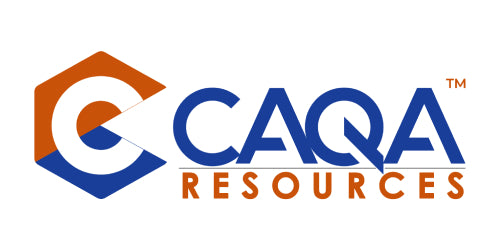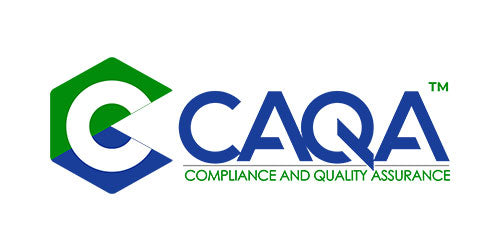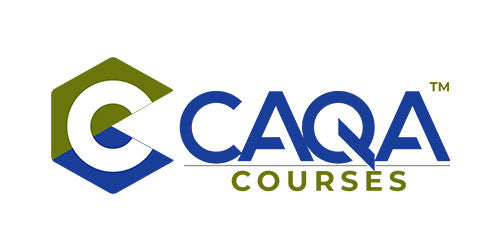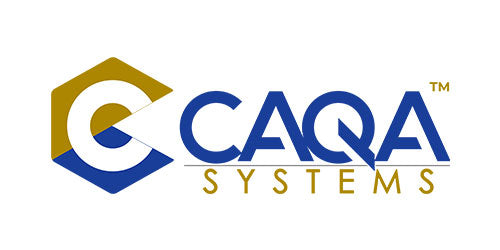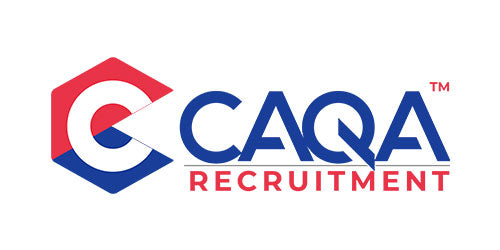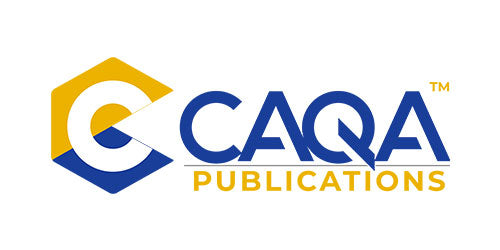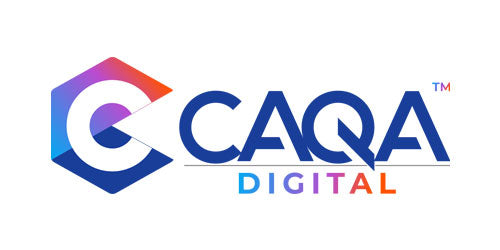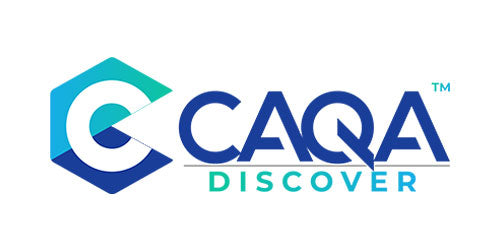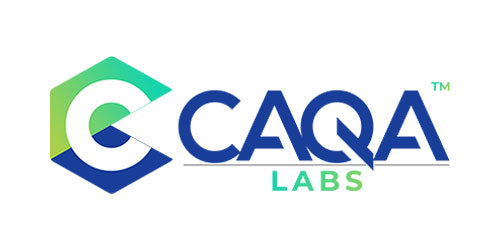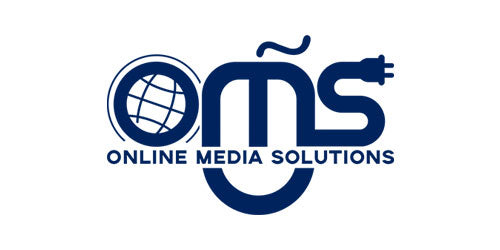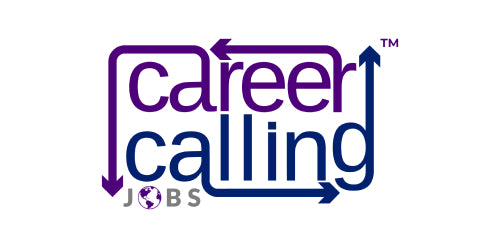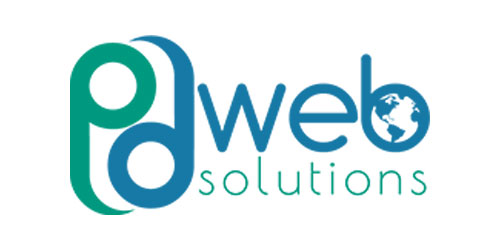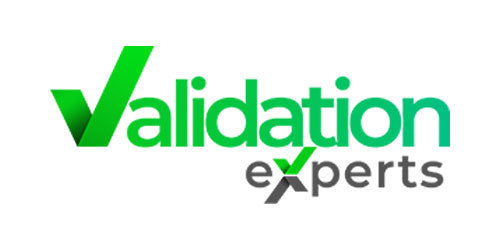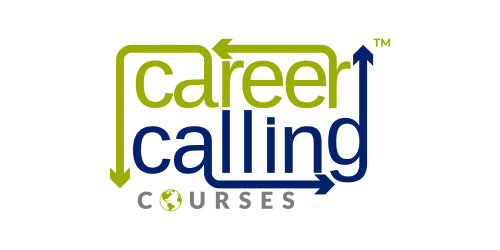In today’s rapidly evolving educational landscape, Registered Training Organisations (RTOs) face an array of challenges that threaten not only their operations but also the safety and well-being of their students and staff. Whether it’s navigating financial uncertainty, mitigating operational risks, or ensuring compliance with regulations, RTOs must be proactive in identifying, managing, and mitigating risks that could have significant consequences. As the sector becomes more complex, the need for a well-structured, robust risk management plan is paramount. Under Division 2 – Risk Management of the Standards for RTOs 2025, organisations are required to demonstrate that they have a comprehensive risk management strategy in place to identify and manage risks to their students, staff, and the organisation itself.
A comprehensive risk management plan is more than just a set of guidelines; it is the cornerstone of ensuring the ongoing viability and success of an RTO. This article will provide you with a deep dive into the requirements outlined in Standard 4.3, exploring the crucial elements of risk identification, management, and review. It will guide you through the steps necessary to create a risk management plan that not only meets compliance requirements but also enhances your organisation’s resilience, supports your students and staff, and safeguards the integrity of your training and assessment processes.
Understanding the Need for a Robust Risk Management Plan
Risk management is essential for any business, but it is especially critical in the education and training sector. As an RTO, you are responsible for the welfare of your students, the competency of your trainers, the compliance with legislative frameworks, and the financial sustainability of your organisation. The risks involved span from operational risks, such as disruptions in service delivery, to reputational damage, financial instability, and even safety concerns.
In Standard 4.3, it is clearly outlined that RTOs must identify and manage risks to VET students, staff, and the organisation itself. This includes risks related to financial performance, conflicts of interest, safety concerns for students, and compliance with the National Principles for Child Safe Organisations when dealing with students under the age of 18. Failure to address these risks appropriately can lead to significant legal, financial, and reputational damage. Therefore, understanding how to create and maintain an effective risk management plan is crucial for every RTO.
Key Elements of a Risk Management Plan
To develop a risk management plan that meets the expectations of Standard 4.3, you must incorporate several critical components. Let’s explore these components in detail:
1. Identifying Risks
The first step in any effective risk management strategy is identifying the risks that could impact the organisation. Risks can come from a variety of sources, including financial risks, operational risks, compliance risks, and even risks related to the wellbeing and safety of students and staff.
Financial risks are a significant concern for many RTOs, particularly with the increasing pressure on cash flow and sustainability in a competitive market. Managing the financial position of the organisation involves understanding cash flows, budgeting, and having strategies in place for mitigating any financial instability. As part of the Financial Viability Risk Assessment Requirements under Section 158 of the Act, RTOs must ensure that their governing bodies are well-informed about the financial performance and position of the organisation and take proactive steps to safeguard its financial health.
Operational risks can include factors such as the failure of equipment, disruptions in training delivery, and ineffective communication. Identifying these risks early enables RTOs to develop strategies to mitigate their impact on the organisation’s ability to deliver training and assessment effectively.
Another crucial area to address is the safety and wellbeing of students, particularly those aged under 18. RTOs must identify risks related to the training content, modes of delivery, and student interaction with staff. According to the National Principles for Child Safe Organisations, any risks to students' safety and wellbeing must be identified and managed carefully to comply with both state and national standards.
2. Managing Risks
Once risks have been identified, the next step is to implement a strategy for managing them. A risk management plan should outline the steps the RTO will take to minimise or eliminate the risks, prioritising them based on their potential impact and likelihood.
For financial risks, RTOs should have systems in place to monitor cash flow, financial performance, and long-term viability. This includes preparing for audits, reviewing financial statements regularly, and working closely with accountants or financial consultants to ensure the organisation is on solid financial ground.
To manage operational risks, RTOs should put contingency plans in place, such as having backup systems for technology, ensuring that all staff are trained in emergency procedures, and creating a clear communication plan to manage any disruptions in service delivery. Establishing clear roles and responsibilities for staff during times of crisis is also important to ensure a swift and coordinated response.
For student safety, especially for those under the age of 18, RTOs must adhere to the National Principles for Child Safe Organisations. This involves ensuring that all training content is age-appropriate, monitoring student engagement in training activities, and providing clear channels for reporting concerns about safety and wellbeing. Additionally, RTOs should ensure that staff are trained in identifying potential risks to students and know how to respond to any concerns appropriately.
Managing conflicts of interest is also a crucial aspect of the risk management plan. RTOs must have systems in place to identify, disclose, and manage any conflicts of interest that could undermine the integrity of the training and assessment process. This may involve regular reviews of staff and external contractors to ensure that no conflicts of interest exist, and that any potential issues are handled in a transparent and ethical manner.
3. Reviewing and Monitoring Risks
Risk management is an ongoing process, and it’s essential that RTOs have a system in place to regularly review and monitor identified risks. This ensures that the risk management strategies remain effective and that new risks are identified and addressed promptly.
The review process should involve regular assessments of both financial and operational performance, as well as feedback from staff, students, and external stakeholders. RTOs should have mechanisms in place for continuous monitoring of student safety, financial performance, and compliance with regulatory requirements. For example, financial audits and regular reviews of cash flows can help ensure that the organisation’s finances remain stable and sustainable.
Monitoring student safety is particularly important for RTOs that deliver training to students under the age of 18. This involves not only ensuring the safety of students during training but also regularly reviewing the modes of delivery to ensure that they continue to meet the latest guidelines and principles for child safety.
4. Implementing a Risk Management Framework
For an RTO to effectively manage risk, it needs to implement a structured risk management framework that includes clear policies, procedures, and responsibilities. This framework should be integrated into the organisation’s day-to-day operations and should involve all relevant stakeholders, including management, staff, and external partners.
The risk management framework should include regular risk assessments, risk identification processes, and action plans for managing risks. It should also include mechanisms for escalating high-priority risks to senior management and for involving external consultants or legal advisors when necessary.
5. Creating a Culture of Risk Awareness
Creating a culture of risk awareness throughout the RTO is crucial for ensuring that everyone understands the importance of managing risk. This can be achieved through regular training and professional development sessions for staff, as well as by encouraging staff to identify potential risks and report them promptly.
By fostering a culture where risk management is seen as everyone’s responsibility, RTOs can create a more resilient organisation that is better equipped to respond to potential challenges.
A well-developed risk management plan is an essential tool for any RTO. The risks faced by the organisation, its students, and its staff can have significant consequences, from financial instability to safety issues, regulatory non-compliance, and reputational damage. By following the guidelines set out in Standard 4.3 of the SRTOs 2025, RTOs can ensure they are identifying, managing, and reviewing risks in a structured and proactive manner.
The creation of a comprehensive risk management plan involves identifying potential risks, developing strategies for managing those risks, and establishing processes for reviewing and monitoring risks regularly. It also requires creating a risk-aware culture within the organisation to ensure that all staff and stakeholders understand their role in managing risk. By implementing these strategies, RTOs can protect their students, staff, and organisational integrity, ultimately ensuring that they remain compliant with regulatory requirements and are able to continue providing high-quality education and training.
In the ever-changing landscape of vocational education and training, a robust risk management plan is not just a regulatory requirement but a cornerstone of organisational resilience and success.

























